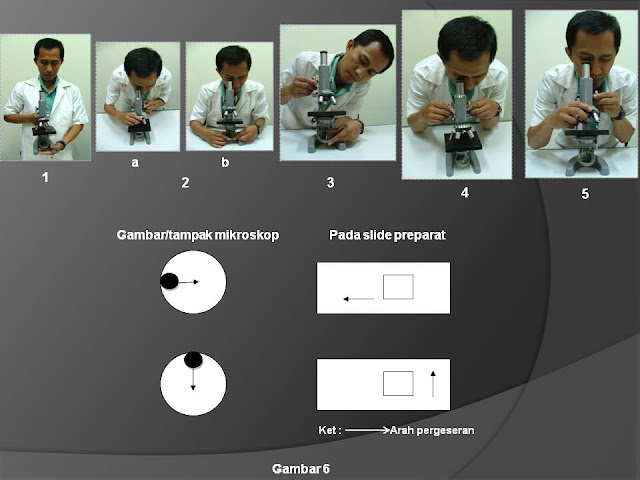Free article : Use Of The Microscope
September 21, 2010
The compound microscope is a precision optical instrument which has a normal life expectancy of over forty years if cared for properly. Today we hope assist you in learning to use the instrument correctly.
A. There are four general considerations one should learn before begining :
- Clean the lenses only with the lens tissue provided. Be sure that you do not remove any of the lenses.
- Attempt no repairs or adjustments, ask your instructor.
- Handle as carefully as you would an expensive camera.
- At the close of the period you should :
- Know how to carry and clean the instrument
- Be able to adjust the light correctly.
- Be able to identify the : base, stage, diaphragm, tube, nosepiece, ocular, 10x (low power) objective, 43x (high power) objective.
- Be able to locate an object readily and to focus the microscope correctly.
- Be capable of determining the dimensions of an object.
- Know how to convert milimeters (mm) to microns.
- Prepare your microscope for use by placing it in a comfortable working position not too near the edge of the table.
- Adjust the nosepiece so that the low power (10x) objective cliks into position over the hole in the stage.
- Adjust the diaphragm, using the largest hole (No. 4) in the disc.
- Raise the body tube so that the low power objective is about one (1) inc above the stage. Move the stage clips to one side. While observing from one side of the microscope, place the slide (with the side containing the coverslip up) on the stage of the microscope and adjust the slide so that the object to be studied is in the approximate center of hole in the stage. :to be continue ......

